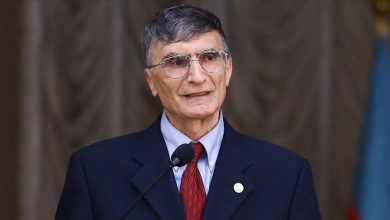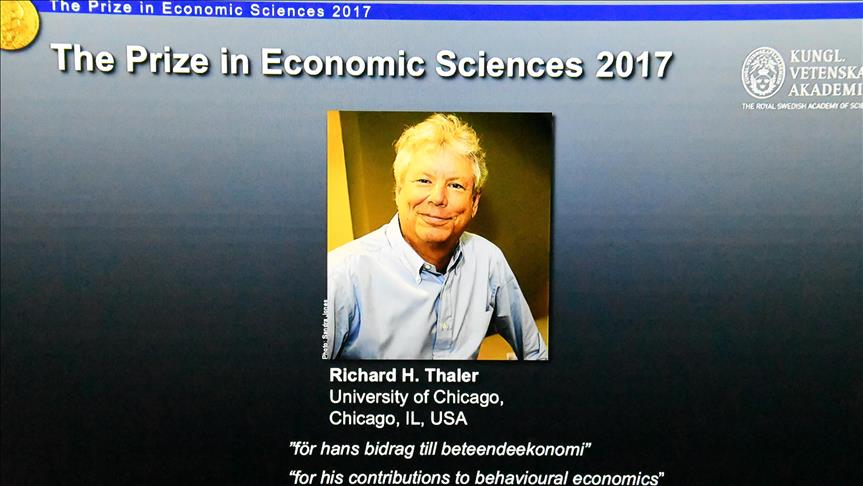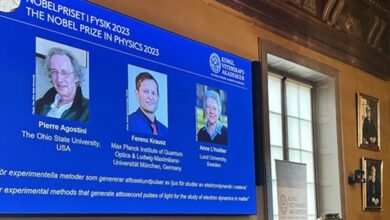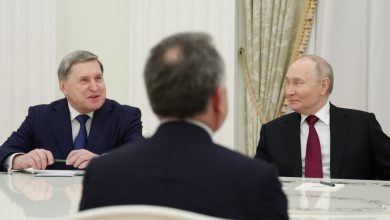Physics Nobel Prize goes to AI researcher
Two researchers from the USA and Great Britain have won the Physics Nobel Prize. The two are basic AI researchers.
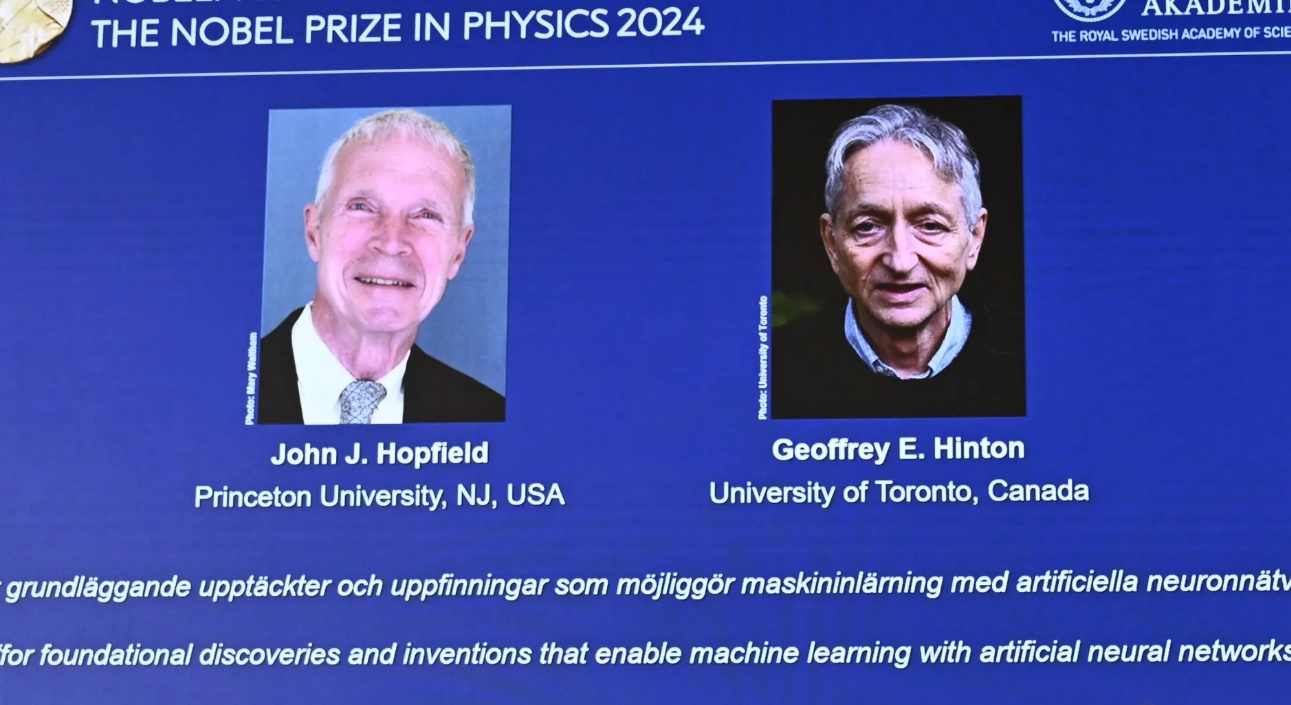
This year’s Physics Nobel Prize goes to two pioneers of artificial intelligence. The prize is shared by the American physicist and molecular biologist John Hopfield and the British computer scientist and cognitive psychologist Geoffrey Hinton, who does research in Canada and worked at Google until 2023.
Hinton’s resignation from Google made headlines last year because he used the opportunity to warn of “serious risks to society and humanity” that could arise from artificial intelligence. Unscrupulous people in power would immediately use AI to win wars or influence elections, for example, Hinton said. “Don’t believe for a second that Putin wouldn’t have hyper-intelligent robots built with the aim of killing Ukrainians. He would not hesitate.”
The Royal Swedish Academy of Sciences in Stockholm honored Hopfield, 91, and Hinto, 76, for using tools from physics to lay the foundation for today’s powerful machine learning, it said. “Machine learning based on artificial neural networks is currently revolutionizing science, technology and daily life.”
Nobel Prize in Physics goes to John Hopfield and Geoffrey Hinton
In Stockholm, it was announced who will receive this year’s Nobel Prize in the physics category. Follow the press conference in the live stream.
The Nobel Prize in Medicine traditionally kicked things off, now the award in physics follows: This year’s prize goes to the American John Hopfield and the Canadian Geoffrey Hinton “for groundbreaking discoveries and inventions that enable machine learning with artificial neural networks.” This was announced by the Royal Swedish Academy of Sciences.
Last year, three researchers received the prize for their experiments with light pulses that make rapid processes in atoms measurable. One of them is Ferenc Krausz, born in Hungary, who conducts research at the Max Planck Institute for Quantum Physics in Garching and at the Ludwig Maximilian University in Munich. He received the Nobel Prize together with the French-American physicist Pierre Agostini and the French-Swedish professor Anne L’Huillier – she was only the fifth woman to receive the Nobel Prize in Physics.
The Nobel Prizes go back to the dynamite inventor and prize founder Alfred Nobel (1833-1896). According to Nobel’s will, they are intended to honor those who have provided the greatest benefit to humanity in the individual prize categories in the past year. The physics category is the first that Nobel mentioned in his will. Since the first prize was awarded in 1901, 224 different Nobel Prize winners in physics have been chosen. The US physicist John Bardeen is the only one to have received the award in this category twice.
The Nobel Prize winners for physiology or medicine were announced on Monday. This year, the award goes to the Americans Victor Ambros and Gary Ruvkun, who are being honored for the discovery of microRNA and its role in gene regulation.
This year, all Nobel Prizes are endowed with eleven million Swedish kronor (just under 970,000 euros) per category. The Nobel Prizes are then traditionally awarded on the anniversary of Nobel’s death on December 10th.

